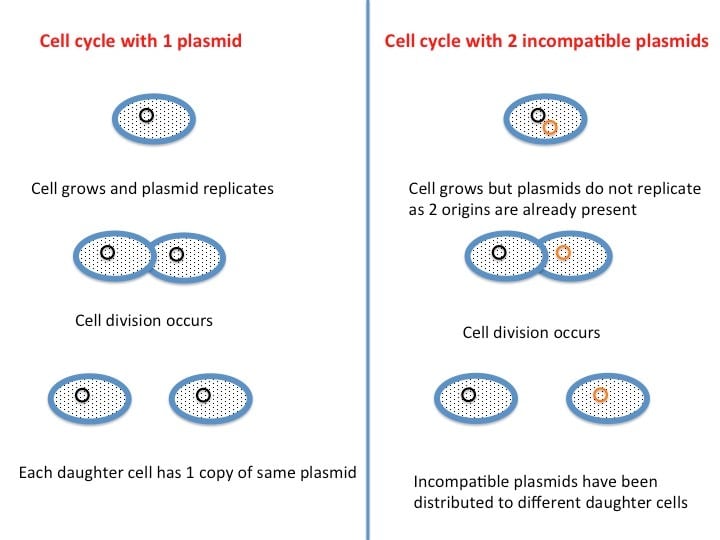RNA purification may be a common procedure in molecular biology but it is by far the one that people fear most.
Why? Dreaded RNase.
It’s everywhere… all over your bench and pipettes, and floating in the air, waiting for the chance to creep into your prep, shred your RNA into nucleotides, and ruin a day’s work.
Well, not really. It’s true that extra precautions need to be taken for RNA preparation, but as long as you follow some basic good laboratory practices, RNase contamination need not a problem.
Beta-mercaptoethanol is your (somewhat smelly) friend
The key to extracting intact RNA is a rapid and thorough homogenization of the sample in a lysis buffer containing guanidine and beta-mercaptoethanol (B-ME). Chaotropic salts like guanidine will temporarily inhibit RNase activity, but B-ME will irreversibly kill the enzyme. You can leave B-ME out if you can’t take the smell, but if using a commercial spin kit method, you will risk carry over of re-natured RNase into the sample at the end. DTT is sometimes used in place of B-ME but will not be as effective an RNase killer. So if you want to be safe, hold your breath and add the B-ME.
Lyse your cells fast…
Once the tissue or sample is ready for extraction, it should be homogenized to completion as quickly as possible. Homogenization can be performed with liquid nitrogen, with hand held rotor stators, or bead mills. All are effective means to pulverize the sample. The homogenization step can be performed under liquid nitrogen to break down the sample before adding lysis buffer, or samples can be homogenized directly in the presence of lysis buffer to allow for a faster stabilization of the RNA as the cells are breaking open. Once the sample is homogenized to a liquid in the guanidine/B-ME lysis buffer, the RNA will be safe and sound.
…but don’t worry too much about RNase from outside the sample
Back in the day, RNA was purified on cesium chloride cushions for four hours in an ultra-centrifuge. In the presence of all the guanidine and B-ME, the RNA was in no danger of degradation. The same goes with the commercial kits used today. They all use high amounts of guanidine and usually a reducing agent like B-ME to extract and purify RNA on a silica membrane. Even the liquid RNA extraction reagents like TRIzol® contain guanidine salts in a mixture of acid phenol. Since phenol will liquify any protein, RNases are quickly and permanently destroyed. As long as the final tube and pipette tips used to collect the RNA are RNase-free, you are good to go.
Think about it- a piece of tissue is full of RNases already. Is the air around your bench or the pipette tips you left open for 10 seconds too long going to contribute more RNase than what is already there? No! RNases come from inside the sample and need to be removed at the start.
RNase Away® type reagents for cleaning the bench and tools used to prepare RNA are good for peace of mind and also if you are a bit sloppy, but for most people, simple common sense laboratory neatness will ensure a successful RNA prep without any more effort than your normal routine. Keep the area clean, use tips and tubes that were purchased RNase-free (or at least tips racked with gloved hands from an RNase-free stock), bake glassware that will be used to prepare chemicals for RNA, and keep sneezing around your workspace to a minimum.
It’s really that simple.
Originally published on December 6, 2007. Updated and republished June 2019.
Photo: MikeAF







